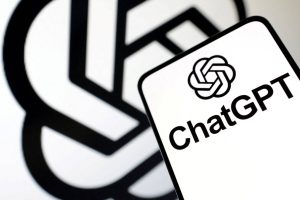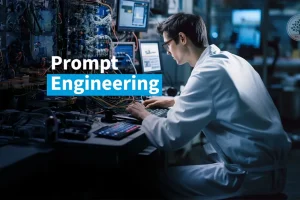The world of pharmaceutical research is undergoing a significant transformation, fueled by the growing power of generative artificial intelligence (GenAI). This technology holds immense potential to accelerate drug discovery, personalize treatments, and ultimately save lives.
However, its disruptive nature raises critical questions about intellectual property (IP) protection in this new landscape.
This blog delves into the exciting world of GenAI for drug discovery and explores the intricate challenges associated with securing IP rights in this domain. We’ll uncover:
- The transformative power of GenAI: How it’s changing the drug discovery game.
- The current state of IP protection: Exploring traditional methods and their limitations.
- The unique challenges of GenAI: Unpacking the complexities of ownership and attribution.
- Potential solutions and future directions: Discussing possible strategies for safeguarding innovation in the AI-driven future.
GenAI: A Game Changer in Drug Discovery
Traditional drug discovery is an arduous, time-consuming, and resource-intensive process. It involves extensive testing of thousands of potential drug candidates, often with unpredictable outcomes. GenAI offers a ray of hope by streamlining various stages of drug discovery:
- Identifying novel drug targets: GenAI can analyze vast datasets of biological data to pinpoint potential targets for new drugs.
- Generating drug candidates: AI algorithms can design new molecules with desired properties, reducing the need for laborious synthesis and testing.
- Predicting drug properties: GenAI can predict the efficacy, safety, and pharmacokinetic properties of potential drugs, optimizing the selection process.
- Personalized medicine: AI can analyze individual patient data to tailor drug treatments for specific needs and genetic variations.
The combined use of AI-powered tools is significantly reducing the time and cost associated with drug discovery, making it more efficient and cost-effective. However, reaping the full benefits of this transformative technology requires addressing the intricate question of IP protection.
The Current Landscape of IP Protection – Cracks in the Armor
Traditionally, intellectual property in the pharmaceutical industry has been secured through patents. Patents grant exclusive rights to inventors for a limited period, incentivizing innovation and investment. However, when applied to GenAI-driven drug discovery, the existing framework presents several challenges:
- Attribution: Who owns the IP rights? Is it the company that developed the AI platform, the researchers who trained it, or the AI itself?
- Inventiveness: Can AI-generated inventions be considered patentable subject matter, or are they simply the result of pre-programmed algorithms?
- Transparency: Protecting the proprietary details of AI algorithms while still demonstrating their inventiveness can be a delicate balance.
These uncertainties create a complex legal landscape that can hinder innovation and collaboration in the field. Companies may hesitate to invest in GenAI development due to the lack of clear IP protection.
The Uniqueness of GenAI: Unveiling the IP Conundrum
The very nature of GenAI presents unique challenges for IP protection. Unlike traditional inventions where humans take the lead role, GenAI often acts as an autonomous agent, generating novel solutions based on its training data and algorithms. This raises questions about:
- Who is the inventor: The programmers who created the AI platform, the researchers who curated the training data, or the AI itself?
- Non-obviousness: Can AI-generated inventions be considered non-obvious, a key requirement for patentability, considering the vast data sets they analyze?
- Disclosure: How can the details of an AI system be disclosed in a patent application without compromising its trade secrets and competitive advantage?
These unanswered questions create a regulatory and legal gray area that urgently needs to be addressed.
Potential Solutions and Navigating the Future
Navigating the IP landscape of AI-driven drug discovery requires a multifaceted approach:
- Harmonized international guidelines: Establishing consistent global standards on IP protection for AI-generated inventions will foster innovation and collaboration.
- Clarifying the role of AI: Defining the legal status of AI as a tool or an inventor will help determine who owns the IP rights associated with its discoveries.
- Alternative IP frameworks: Exploring alternative frameworks like trade secrets or sui generis (custom-made) IP rights might be better suited to protect AI-generated innovations.
- Open collaboration: Fostering open collaboration and knowledge sharing among researchers, companies, and policymakers can accelerate the development of ethical AI solutions with clear IP ownership.
Conclusion: Embracing the Future, One Step at a Time
Generative AI offers a transformative potential for revolutionizing drug discovery and improving healthcare outcomes. However, ensuring robust and effective IP protection is crucial to safeguard innovation and incentivize investment in this field. Addressing the unique challenges posed by AI will require an integrated approach, involving harmonized guidelines, clarified inventorship policies, alternative IP frameworks and open collaboration.
As regulators and companies navigate this complex terrain, striking the right balance between promoting AI innovation and protecting IP rights will pave the way for a future where patients can access life-changing AI-discovered treatments faster while ensuring equitable returns for all stakeholders involved in the discovery process.













Add Comment